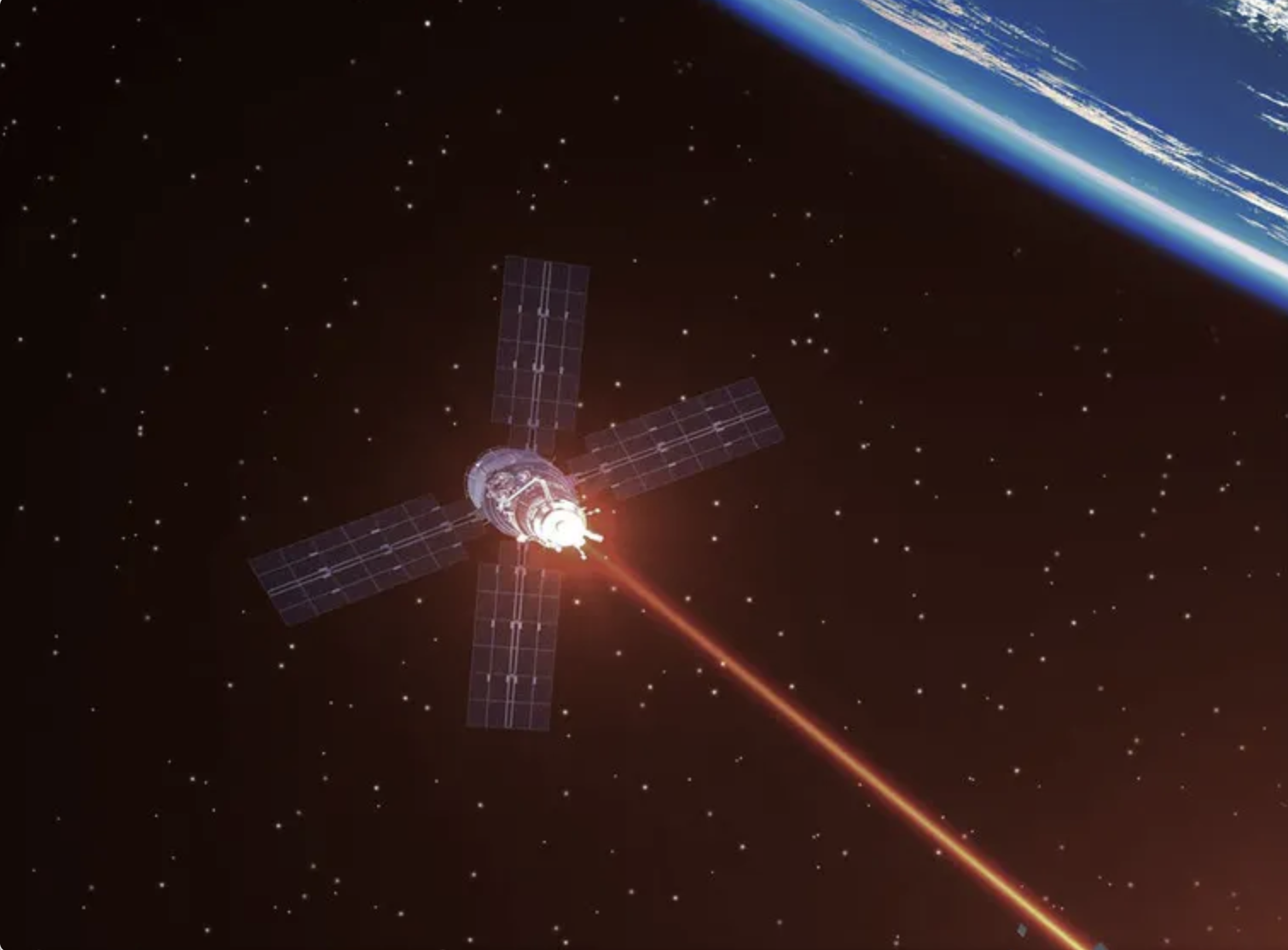
DARPA has issued a Small Business Innovation Research (SBIR) opportunity for the Breakthrough Technologies for Energy Web Dominance project. The project seeks to develop free-space laser power networks able to transmit electrical power over webs of lasers using aircraft as receivers and relays of optical energy. According to DARPA, this wireless network energy web would consist of several dynamic nodes that would significantly improve military capabilities.
Safety is a primary objective of the project. Wireless beaming of optical energy utilizes at least 10 to 100 kilowatts of sustained beamed optical power. Such power levels would require the development of safe optical power-beaming web networks with links that provide rigorous photon containment and intrusion monitoring. This would ensure that the optical energy goes to the intended receiver without harming human bystanders or objects.
The new system would require three areas of technology to be addressed:
- high-energy-flux – traditional photovoltaic power beaming loses efficiency at high energy fluxes due to high temperatures. Conversion methods – such as thermoelectrics – have been used to counteract this, but typically have poor efficiency. The DARPA Breakthrough Technologies for Energy Web Dominance project seeks to optimize system efficiency by accounting for cooling losses for systems with an energy flux of 1 kilowatt per square meter, and scalable to 100 kilowatts per square meter or more;
- high-efficiency optical energy conversion – designs for the project should support low size, weight, and power (SWAP) for the airborne portions of the power beaming system; and,
- relay technologies – relays are elements of the optical chain that retransmit optical energy without first converting it back to electricity. The relays for this project must demonstrate high efficiency and beam quality while accounting for losses such as fiber coupling inefficiencies and wavefront aberrations from turbulence in the propagation path.
The systems called for in the project could be applied to many other applications such as: free-space laser communications; high-energy laser propagation; LIDAR; and other high-pulse-energy or continuous power laser applications.
